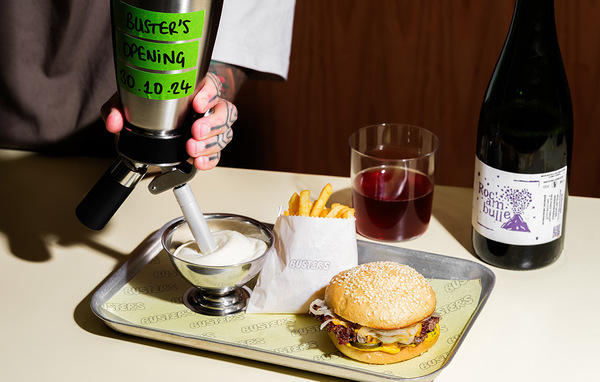How to seek a more flexible lease arrangement
After 18 months of difficult trading, many operators are looking to renegotiate with landlords. Esme Moss explains what lease terms could be put on the table.
With the end of restrictions in sight, hospitality businesses may turn their attention to the leasing arrangements of their premises. Tenants will be keen to seek as flexible an arrangement as possible with their landlords to provide protection for their businesses over the coming months. Ensuring you are fully informed when negotiating with your landlord is vital, and businesses contemplating entering into a new leasing arrangement should consider the following points.
Covid clause
Including a Covid clause in a lease can protect a tenant from paying rent on premises they cannot use. These clauses can take various forms, but generally they operate so that if the government imposes a mandatory measure to prevent the spread of coronavirus (as we have seen with the lockdowns this year), the rent is suspended or reduced for that period.
Commercial leases may contain what is known as a ‘keep open’ covenant, requiring the tenant to keep the premises open for trading – a Covid clause can also act to suspend this obligation.
These clauses are fairly contentious at present. However, outlining the position under the lease in relation to a potential further lockdown can save arguments down the line and provide both parties with clarity.
Break clause or short lease
A good way of providing flexibility for tenants is to include a break clause within a lease. For tenants, a rolling break will be preferable, as this will provide greater flexibility and avoid the risk of an incorrectly served break notice, if the break dates are fixed.
A landlord will often seek to include conditions that must be satisfied for a tenant to exercise their break option, such as: the payment of all rent and other sums up to the break date; complying with covenants; or returning the premises with vacant possession.
Tenants should be wary when agreeing to break conditions, as failure to comply will invalidate a break notice. This is particularly true regarding vacant possession; there is a great deal of case law in relation to the meaning of this condition and it places a strict burden on the tenant. Given these uncertain times, break conditions should be avoided if possible.
You should also consider that a landlord may require a mutual break clause, in which case they too will benefit from a break option and could choose to exercise this if they find a tenant willing to pay a higher rent.
The alternative is negotiating a lease with a short term. Leases with short contractual terms are becoming increasingly common; these allow the tenant to reassess their arrangements at the end of each lease, ensuring they are not committed to an onerous rent for a lengthy term. A downside of this approach is the potential for more administrative and legal fees, as well as a lack of certainty for the occupier.
Turnover rent
The pandemic has seen a growing endorsement of turnover leases from tenants, with retailers such as New Look and All Saints requesting such a lease. A turnover rent lease works by basing the rent on a tenant’s turnover. Usually this is done by paying an on-account turnover rent estimate, which is later reconciled against actual turnover.
Turnover rent is likely to be helpful for cash-flow purposes and directly reflects the success of the tenant’s business. This enables both the landlord and tenant to benefit from the tenant’s success and conversely share the burden in more difficult times.
Turnover rent may not be appropriate in every case, as turnover leases need to be negotiated carefully (particularly the definition of what counts as turnover within the lease). Downsides include additional administration for the tenant.
Payment frequency
Another consideration would be to negotiate monthly rental payment dates as opposed to quarterly ones. Splitting payments across months instead of larger quarterly payments may ease cash flow pressure for the tenant.
Things to consider
- Ensure you have sufficient flexibility under a proposed lease arrangement: how long is the lease, do you have a break option, and can you assign or underlet if necessary?
- Ensure the rent works for your business: does the rent you are paying reflect the current market, and could you ease pressure on cash flow by switching to monthly payments or turnover rent?
- Cover unforeseen events: what happens if you are not able to trade from the premises? Do you have the benefit of a Covid clause?
Esme Moss is a solicitor in the property team at Goodman Derrick LLP
Photo: Dragon Images/Shutterstock.com



















